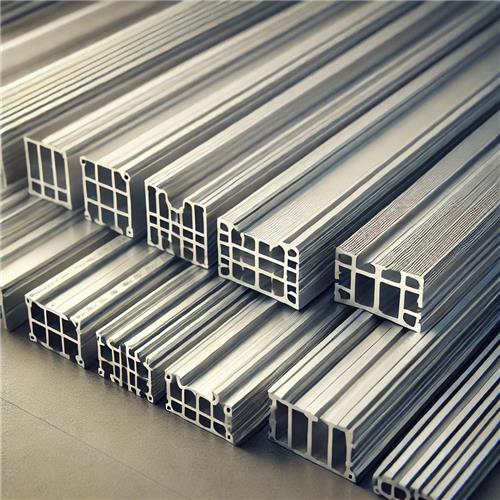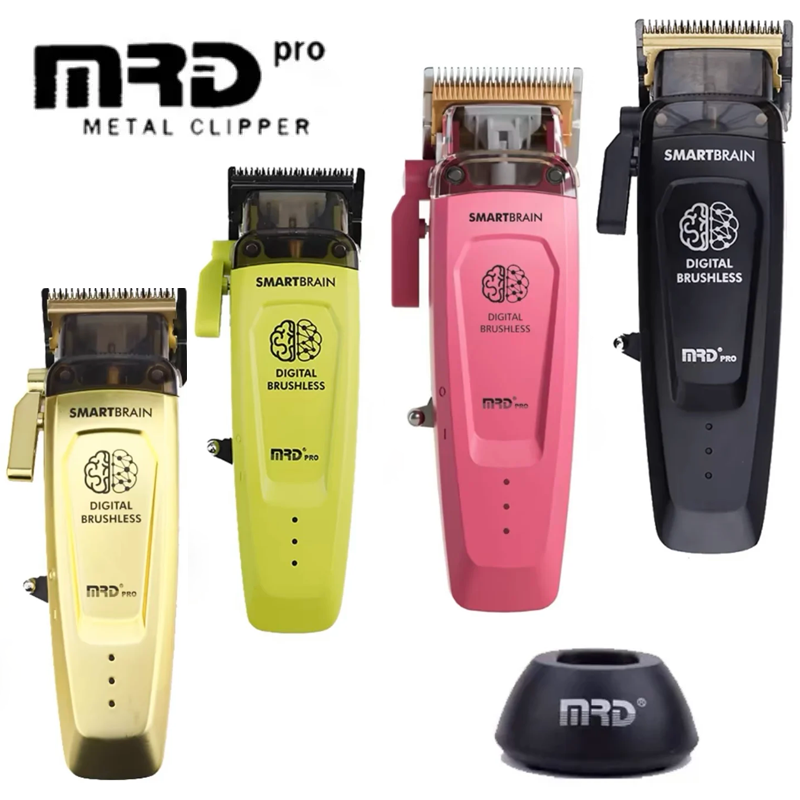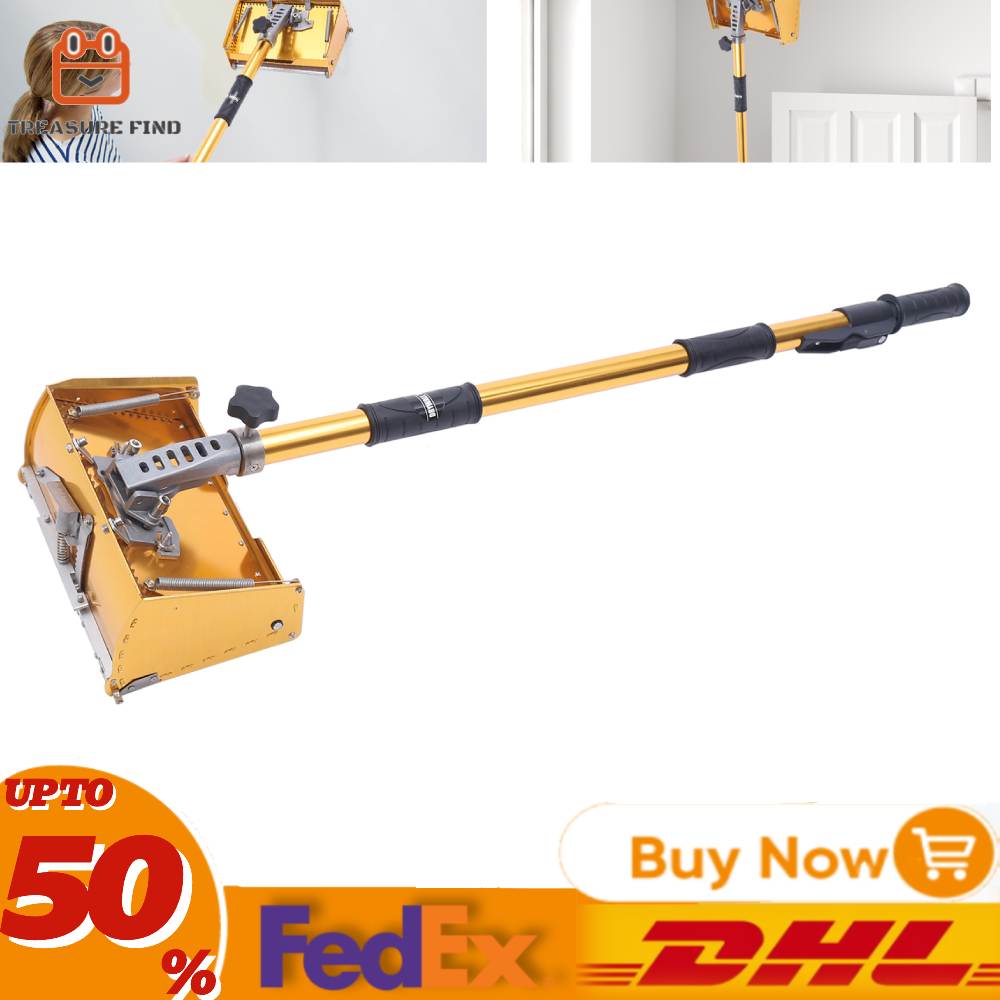2020 2040 3030 2080 Aluminum Profile Linear Rail Guide for CNC & 3D Printers
Hello, makers and DIY enthusiasts! 🛠️
If you’re into CNC machines or 3D printers, you’ve probably come across aluminum extrusions like 2020, 2040, 3030, and 2080. These profiles are essential in building strong, modular, and precise frames for your projects. Today, we’re diving deep into the world of aluminum profiles and linear rails — from sizes like 100mm to 600mm — to help you understand which one’s perfect for your next build!
Specifications of 2020~2080 Aluminum Profiles 📊
Aluminum extrusions are categorized based on their cross-sectional dimensions and weight, and are widely used for CNC, 3D printers, and robotics. Here’s a comparison of commonly used types:
| Profile Type | Dimensions (mm) | Weight (kg/m) | Common Use Lengths |
|---|---|---|---|
| 2020 | 20 x 20 | 0.55 | 100 / 200 / 300 mm |
| 2040 | 20 x 40 | 0.95 | 300 / 350 / 400 mm |
| 3030 | 30 x 30 | 1.2 | 400 / 450 / 500 mm |
| 2080 | 20 x 80 | 1.6 | 500 / 550 / 600 mm |
These profiles are made of 6063-T5 aluminum, known for its lightweight yet rigid properties. Depending on your machine size and load-bearing needs, selecting the right profile is crucial for both performance and safety.
Performance and Application Results 💪
Each profile type is designed to balance weight, stability, and modularity. Let’s take a look at their performance in real-world applications.
| Profile | Max Load (kg) | Vibration Resistance | Suitability |
|---|---|---|---|
| 2020 | 15 | Moderate | Light-duty 3D printers |
| 2040 | 30 | High | Stable enclosures, coreXY frames |
| 3030 | 40 | Very High | CNC router bases, larger printers |
| 2080 | 50+ | Extreme | Heavy-duty CNC, motion platforms |
Benchmarks show that 3030 and 2080 profiles can maintain rigidity under high-speed movement, making them ideal for precision equipment. If you’re planning high-torque applications or long travel rails, go for the heavier types.
Best Use Cases and Who Should Use Them 👥
Wondering which aluminum profile suits your project? Here’s a quick guide based on your goals:
- 2020: Ideal for beginners, lightweight 3D printers, and enclosures.
- 2040: Great for users building CoreXY printers or requiring a balance of weight and stiffness.
- 3030: Recommended for CNC router frames, laser cutters, or larger gantry systems.
- 2080: Perfect for professionals working with heavy machinery or building full-scale industrial rigs.
Ask yourself: Do I need portability, strength, or vibration resistance? Choose based on your machine’s purpose and how often you’ll upgrade it.

Comparison with Other Frame Systems 🔍
Aluminum profiles vs traditional frame methods — which one wins? Let’s find out:
| Frame Type | Material | Modularity | Ease of Assembly | Cost |
|---|---|---|---|---|
| Aluminum Profiles (2020~2080) | 6063-T5 Aluminum | Excellent | Tool-less/Slot Nut | Moderate |
| Steel Welded Frames | Welded Steel | None | Needs welding | Low |
| Wood Frames | Plywood / MDF | Low | Screws / Glue | Low |
Aluminum profiles offer unmatched modularity and upgrade potential, especially for makers who frequently tweak their designs or expand their builds.
Pricing and Buying Guide 💰
Aluminum profiles are priced based on size, length, and surface treatment. Here’s a general pricing range:
- 2020 Profile: ~$3–$5 per 100mm
- 2040 Profile: ~$4–$7 per 100mm
- 3030 Profile: ~$5–$8 per 100mm
- 2080 Profile: ~$7–$10 per 100mm
When buying, make sure to check:
- Profile compatibility with V-slot or T-slot systems
- Whether end caps, brackets, and T-nuts are included
- Shipping costs — aluminum is light but bulky!
Pro tip: Buy in sets or kits if you’re building an entire frame — this saves time and money.
FAQ: Common Questions About Aluminum Profiles ❓
What does “2020” or “2080” mean?
It refers to the profile’s cross-sectional dimensions in mm — for example, 20x20mm or 20x80mm.
Are all aluminum extrusions the same?
No, differences exist in alloy type, surface treatment, and compatibility (V-slot vs T-slot).
Can I cut the profiles myself?
Yes! With a miter saw and proper blade, you can safely cut to custom lengths.
Are they reusable for new builds?
Absolutely. That’s one of the biggest perks of aluminum profiles — modularity and reusability.
Can I use 2020 for heavy CNC work?
It’s not recommended. Use 3030 or 2080 for better stability and load-bearing performance.
Do I need special tools to assemble?
Not really — an Allen key and slot nuts are usually all you need.
Final Thoughts ✨
Whether you’re a hobbyist building your first 3D printer or a professional designing a custom CNC machine, aluminum profiles like 2020, 2040, 3030, and 2080 offer unmatched flexibility and performance. Their ease of use, reusability, and strength make them the go-to choice in the maker world.
Have you built with aluminum profiles before?
Let us know your favorite configuration or share your build photos in the comments!

Useful Resources 🔗
Disclosure: This post contains affiliate links. I may earn a commission at no additional cost to you if you click on the link and make a purchase.



